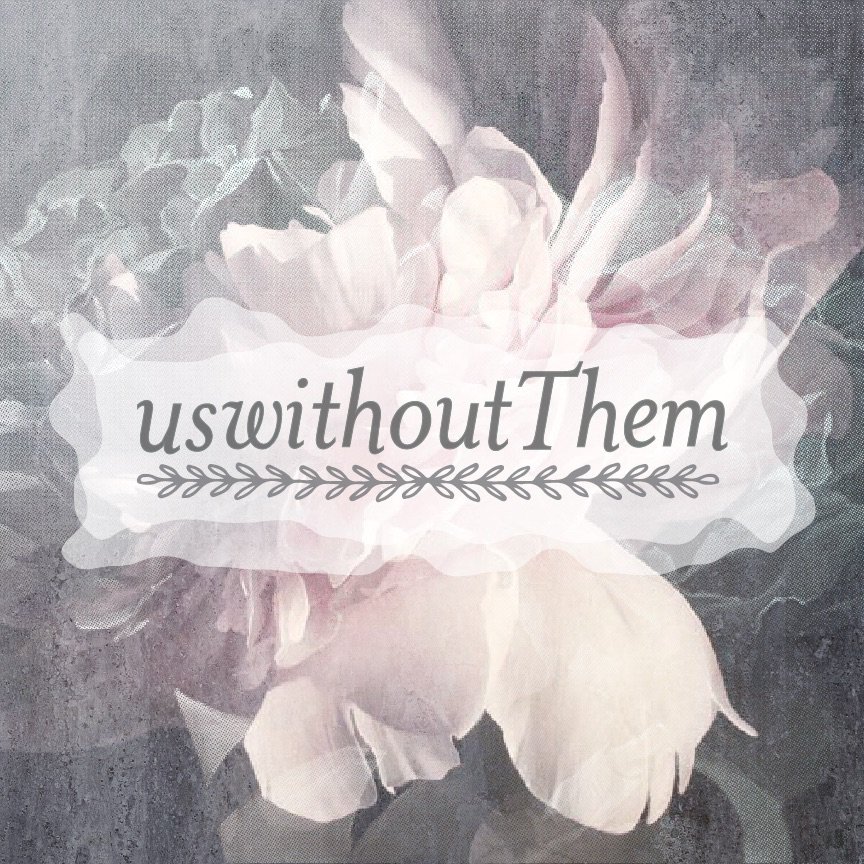S1|E6: Posthardcore Theodicy
I explain in the episode that Vonnegut’s famous “Everything Was Beautiful, and Nothing Hurt” tombstone is actually not saying what it seems to be straightforwardly saying. That’s because in the context of the horrors of WWII and especially the bombing of Dresden (through which Vonnegut survived) such a statement is actually absurd on its face.
In theology and philosophy of religion, we have a term for explanations of evil: theodicy. A “theodicy” tries to explain the origins of evil such that we can square those with the existence of a traditional God: all knowing, all loving, all powerful, etc. For example, the philosopher who coined the term “theodicy,” Gottfried Leibniz, argued that our world is “the best of all possible worlds,” and, therefore, contained the least possible evil. Augustine of Hippo argued that evil is a privation—something that only “exists” via absence and so does not actually exist at all (e.g. darkness is the absence of light, but darkness itself has no physical matter). On that view, evil is merely the absence of good, not something created at all. Vonnegut’s tombstone, however, seems to say “there is no such thing as evil.” There is no suffering, only beauty.
As I’ve said, that was not Vonnegut’s point. Rather, through the inclusion of this epigraph popping into Billy Pilgrim’s head, he intends to point to the absurdity of ignoring the sheer scale of human suffering that occurred during WWII. Of course, we can also read the tombstone (as I say in the episode) as a reflection of Kierkegaard’s aesthetic life. Such a position attempts to remain neutral on questions of ethical responsibility in order to rest in the pleasure of aesthetic experience.
